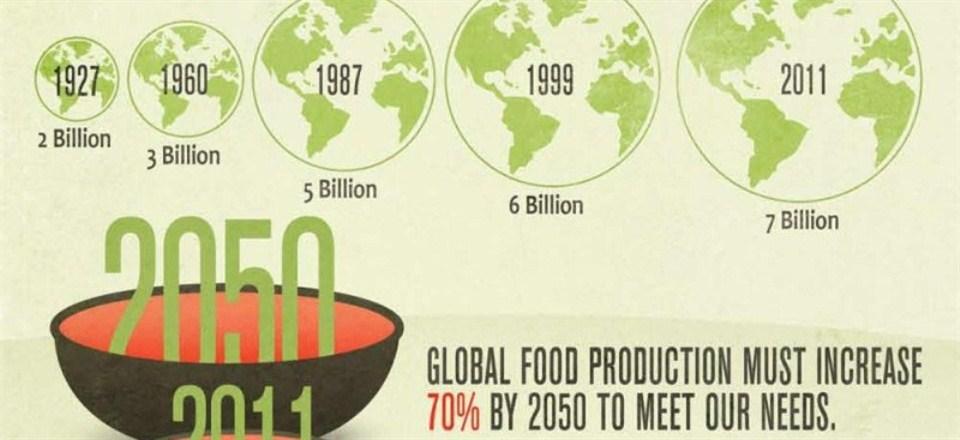
I’m starting this blog with the 3D food printer picture above. An artistic way of creating food and exciting how it will shape the food industry. As you can guess, I’m going to continue my discussion in my blog with the future technologies in food processing. Digital Trends mentions the following, “They think 3D food printers could improve the nutritional value of meals, produce intricate sculptures out of everyday foodstuff, and solve hunger in regions of the world that lack access to fresh, affordable ingredients. There’s no doubt about it — 3D food printing has come a long way. But like any new technology with lofty promises, it’s far from a silver bullet.” Check out the video on Digital trend, https://www.digitaltrends.com/cool-tech/3d-food-printers-how-they-could-change-what-you-eat/ I found the machine an innovative invention that will change the future of food.
Continue reading

